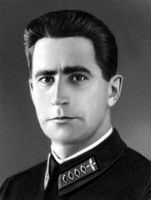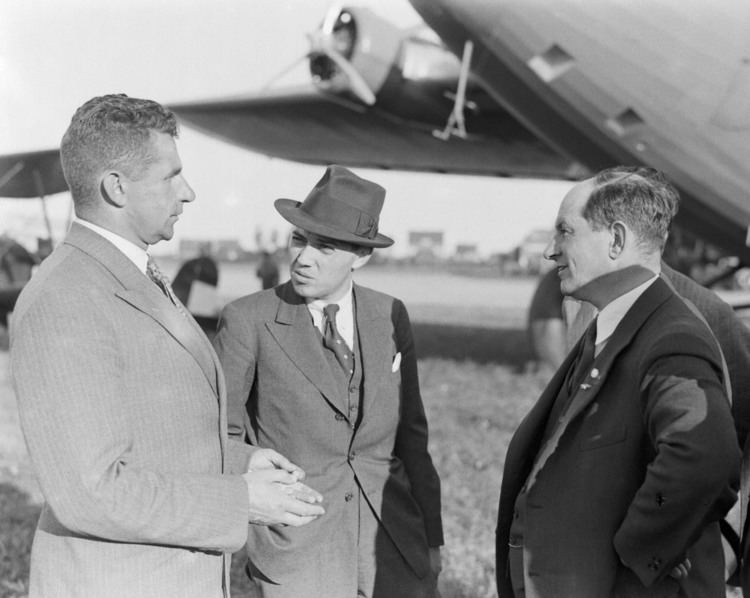Years of service 1919–1938 Name Yakov Alksnis | ||
 | ||
Similar People Mikhail Tukhachevsky, Joseph Stalin, Pyotr Nikolayevich Wrangel | ||
Yakov Ivanovich Alksnis (Latvian: Jēkabs Alksnis, Russian: Яков Иванович Алкснис, 26 January 1897 – 28 July 1938) was the commander of the Red Army Air Forces from 1931 to 1937.

Biography

Jēkabs Alksnis was born in a farmer's family in Naukšēni parish, Vidzeme (present-day Latvia). He attended school in Ramnieki (1907–1913) and a teachers' seminary (college) in Valmiera (1913–1917), where he joined the Russian Social Democratic Labour Party. In 1917 Alksnis was drafted into Imperial Russian Army; he completed basic officers' training in Odessa, and was assigned to the 15th Siberian Regiment, later 11th Siberian Regiment. After the Treaty of Brest-Litovsk he left Russian Army. He was drafted again, this time to Red Army, in 1919, and in 1919–1921 held administrative and political assignments in Southern Russian theatre of war.
After graduation from the Red Army Military Academy (1921–1924) Alksnis was appointed the head of logistics service of Red Air Forces; in 1926 deputy commander of Red Air Forces. In 1929 he received wings of a fighter pilot at the Kacha pilot's school in Crimea and was later known to fly nearly every day. Defector Alexander Barmine described Alksnis as "a strict disciplinarian with high standards of efficiency. He would himself personally inspect flying officers... not that he was fussy or took the slightest interest in smartness for its own sake, but, as he explained to me, flying demands constant attention to detail... Headstrong he may have been, but he was a man of method and brought a wholly new spirit into Soviet aviation. It is chiefly owing to him that the Air Force is the powerful weapon it is today." According to Barmine, Alksnis was instrumental in making parachute jumping a sport for the masses. He was influenced by one of his subordinates who has seen parachutists entertaining public in the United States, at the time when Soviet pilots regarded parachutes "almost a clinical instrument".
In the same year he was involved in establishing one of the first sharashkas – an aircraft design bureau staffed by prisoners of Butyrki prison, including Nikolai Polikarpov and Dmitry Grigorovich. In 1930–1931 the sharashka, now based on Khodynka Field, produced the prototype for the successful Polikarpov I-5. In June 1931 Alksnis was promoted to the Commander of Red Air Forces, while Polikarpov and some of his staff were released on amnesty terms. In 1935, Red Air Forces under Alksnis possessed world's largest bomber force; aircraft production reached 8,000 in 1936.
In June 1937 Alknis sat on the board of the show trial against members of Trotskyist Anti-Soviet Military Organization; he himself was arrested on 23 November 1937, expelled from the Communist Party, charged with setting up a "Latvian fascist organization" and shot 28 July 1938.
During the destalinization of the late 1950s Alksnis was posthumously rehabilitated; the Air Forces college in Riga was named in his honour. Viktor Alksnis (born 1950), grandson of Yakov Alksnis, is a right-wing Russian politician remembered for his pro-Union activities of the late 1980s and early 1990s.
